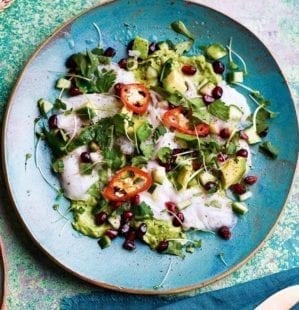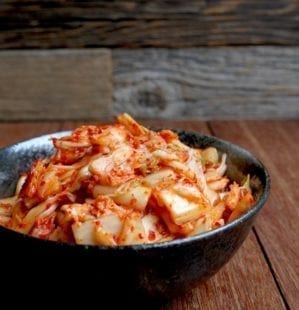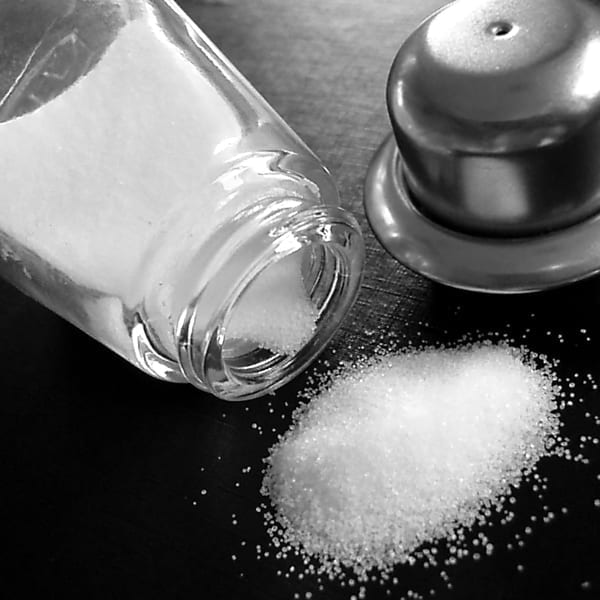How and when to add acidity into your cooking to boost flavours
An often overlooked element of seasoning a dish, acidity can instantly level up so-so sauces and bang-average dinners. Let’s take a look at why acidity should command every cook’s attention in the kitchen and the many ways it can be introduced.
Fish and lemon. Chips and vinegar. Cheese and pickle. These pairings are so well known that we tend not to analyse why they work – how the refreshing acidity works so well with the richness and oiliness. As a result, the important part acidity plays in making food taste great often gets overlooked in the kitchen. But in the same way a good cook will always season to taste with salt at the beginning, during and end of making a dish, an even better one will pay just as much attention to the acidity present.
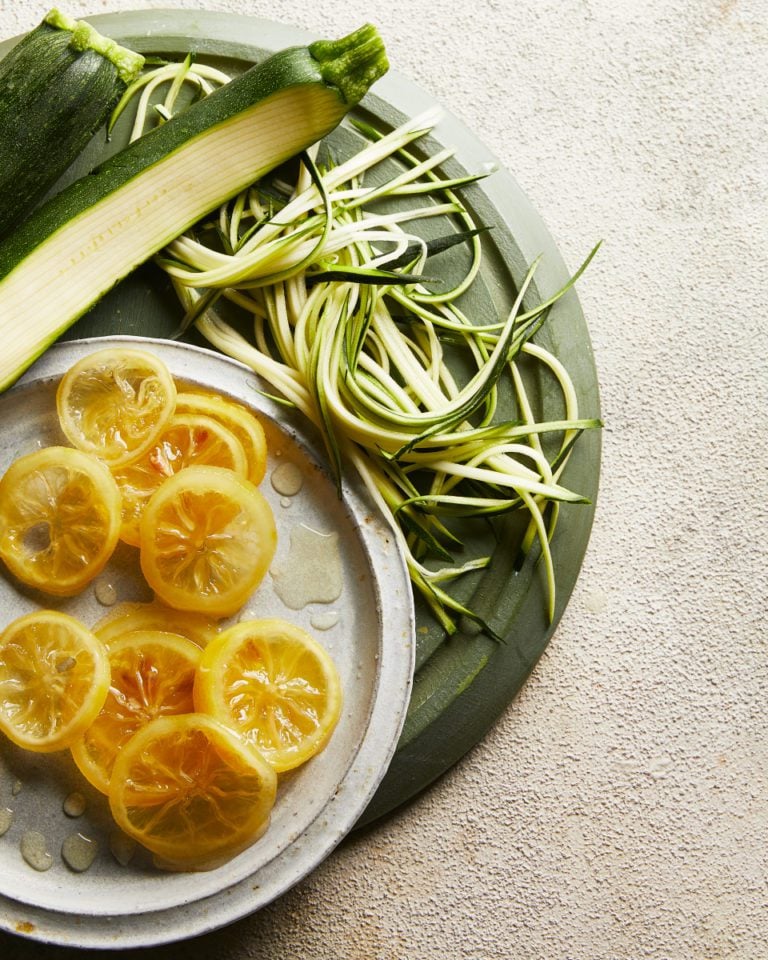
Why do acids matter in cooking?
Talking about acid always makes me think of carefully handled scientific beakers and ferociously bubbling liquids that’ll burn through clothes (‘sourness’ is perhaps a more palatable term, but it doesn’t do justice to how acids can improve flavours). Acidity is obviously important if you’re making a piquant chimichurri or a lemon drizzle cake, but it’s equally important in a slow-cooked beef ragù, a cream sauce for fish or a dressing for roasted vegetables.
Acidity is the great balancer, keeping savouriness and sweetness in check via a contrast of flavour, preventing dishes from tasting too rich, claggy or heavy.
Why? Because acidity is the great balancer, keeping savouriness and sweetness in check via a contrast of flavour, preventing dishes from tasting too rich, claggy or heavy. It’s why you see wine and lemon used so much in Mediterranean cooking, rice vinegar and lime in a lot of Asian dishes and why condiments such as tomato ketchup, mustard and mayonnaise (all containing vinegar) remain so popular. Flavour aside, an acid’s ability to break down proteins when used in marinades or as a leavening agent in baking makes it an all-round superstar in the kitchen, so it’s worth getting to grips with.

The thing I like the most about playing with acidity in cooking is that it’s never just acid you’re adding to a dish (unless you’re just throwing distilled white vinegar in there, which I wouldn’t recommend). There’s always an added flavour too, usually accompanied by sweetness or saltiness. In the same way that miso, cheese, olives and bacon can make dishes salty in a more complex way than just using salt, you can use vinegars, wine, citrus juice or pickles to add acidity with added benefits.
Acid goes beyond citrus
Don’t get me wrong, a squeeze of lemon is a beautiful thing – but it’s generally only useful for adding at the end of cooking (and if you want a lemony flavour, of course). In the world of tasty tangy liquids there are many to choose from that can be added earlier on in the cooking process – ones that provide more of a background hum of acidity rather than a bright final burst.
Know your vinegars
Vinegars are woefully underused in everyday cooking. Decades of dousing chips with malt vinegar have made us think it’s something to be added as we eat, but vinegar shows its prowess when used as a cooking ingredient. A splash of red wine vinegar in a tomato sauce, a dash of cider vinegar to deglaze a pan or a drizzling of balsamic before a tray of veg goes into the oven transforms flat, one-dimensional dishes into something far more complex.
Looking beyond the ‘big six’ vinegars (red wine, white wine, rice, cider, malt, balsamic) can offer serious inspiration too. Raspberry vinegar with duck or China’s chinkiang black vinegar in dipping sauces add sweetness, sourness and complexity all from a single splash. My favourite is sherry vinegar, which makes wonderful dressings but also lends a bittersweet nuttiness to sauces.
Pickles
Acidity doesn’t have to be added to dishes in liquid form either. Anything pickled – capers, gherkins, onions – create little pockets of salty acidity which, when you bite into them, offer an intense explosion of sourness. This is especially useful when you want to create contrast; your rich, creamy sauce could be studded with capers which provide little ‘pops’ of acidity instead of upping the overall acidity of the sauce itself (which something like citrus juice or vinegar would).
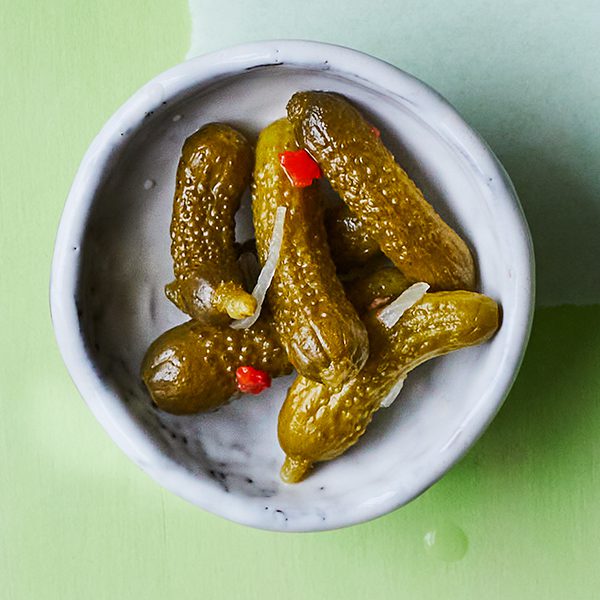
Dairy
Something we usually think of as soothing, such as dairy, can add acidity if it’s fermented. Yogurt, crème fraîche, buttermilk, soured cream and many cheeses are acidic, and can add their characteristic tang to dishes.
When to add acidity in cooking
Hopefully I’ve extolled the virtues of making acidity an important part of your everyday cooking and tasting – but when do you add it? Obviously, if you’re making something like a ceviche, you’re going to want a lot more acidity than you would in something like a mac and cheese, so there’s no universal approach.
A good rule of thumb is to act when you’re tasting something you’re cooking and feel like something’s missing or it’s not quite ‘there’ in terms of flavour. This usually means it either needs more salt (which makes the flavours of the ingredients more prominent) or, more likely, a dash of acid (which adds brightness and can balance everything out). A splash of vinegar, a squeeze of citrus or a spoonful of pickled bits can change everything.
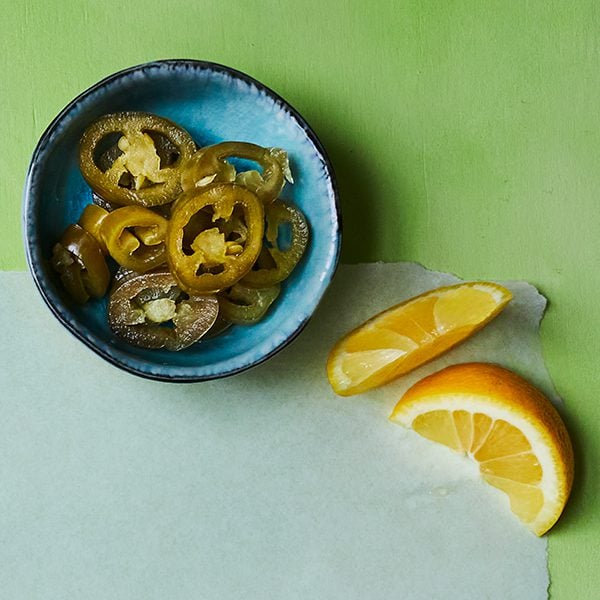
Top tip:
If you’re making a sauce – be it tomato, cream, onion or stock-based – add a splash of vinegar to it before it reduces. You won’t taste the vinegar by the time it’s ready, but that hint of acidity will brighten and lighten all the other flavours in there, creating balance.
Subscribe to our magazine
Food stories, skills and tested recipes, straight to your door... Enjoy 5 issues for just £5 with our special introductory offer.
Subscribe
Unleash your inner chef
Looking for inspiration? Receive the latest recipes with our newsletter
